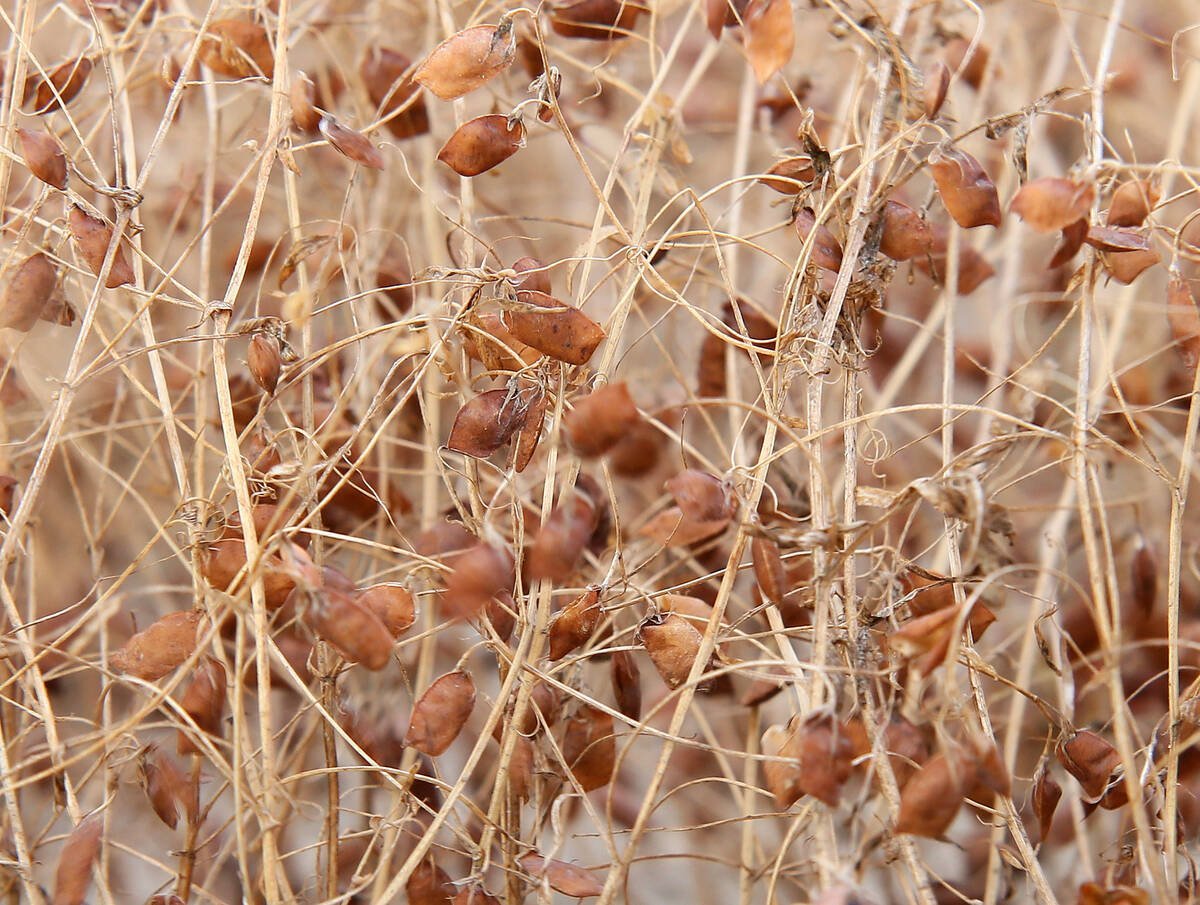This September will probably see a big crop of ducks in eastern North Dakota, but the fowl will have few wheat crops to feed on.
That’s what American observers are saying about a large part of the U.S. hard red spring wheat and durum territory.
“There’s virtually been none planted in eastern North Dakota and western Minnesota,” said Mike Krueger of The Money Farm in Fargo, North Dakota.
“Typically by now we’d have the wheat in. After the first week of May a lot of people simply don’t want to plant it because the history is low yields and disease issues.”
Read Also

Europe holds promise for Canadian lentils
Pulse Canada is trying to help boost lentil consumption in Europe, which is already the fourth largest market.
Joe Victor of Allendale, Inc. also thinks spring wheat seeding in a large area is coming perilously close to the drop-dead date.
“Farmers are telling us that May 10 will be their cutoff date for spring wheat and durum,” said Victor.
As of May 3, three percent of North Dakota wheat had been seeded compared to 54 percent last year at the same time and the five year average of 51 percent.
In Minnesota, 16 percent was planted, down from the five year average of 49 percent.
North Dakota soils are saturated, not just from spring flooding but from heavy rains last fall. Many areas still have standing water, and a lot of land is too wet to allow machinery.
Canadian prairie farmers are already the beneficiaries of the problems endured in North Dakota and Minnesota, with people like Victor telling buyers that quality cereal grains are going to be hard to find in a few months. That is supporting prices.
“We’re telling end users that if you think you’re going to get spring wheat or durum cheap in August, September ’09, it’s not going to happen, because your number one producing state is under water,” said Victor.
American farmers have more seeding options with major crops than Canadian prairie farmers. If seeding is delayed, most American farmers will switch out of wheat into corn or soybeans.
But Krueger thinks that acreage of all crops in North Dakota will drop because of the moisture problem, because even late-seeded soybeans can’t go onto land under water.
“I just think there’s going to be a lot more prevented planting, because every single pothole and depression is full of water,” said Krueger.
“It hasn’t been like this for years. I wouldn’t be surprised if we had a couple of million acres in North Dakota that doesn’t get planted because of prevented planting issues.”
Farmers there also have to wrestle with problems getting to their fields because many roads and bridges have been washed out.















